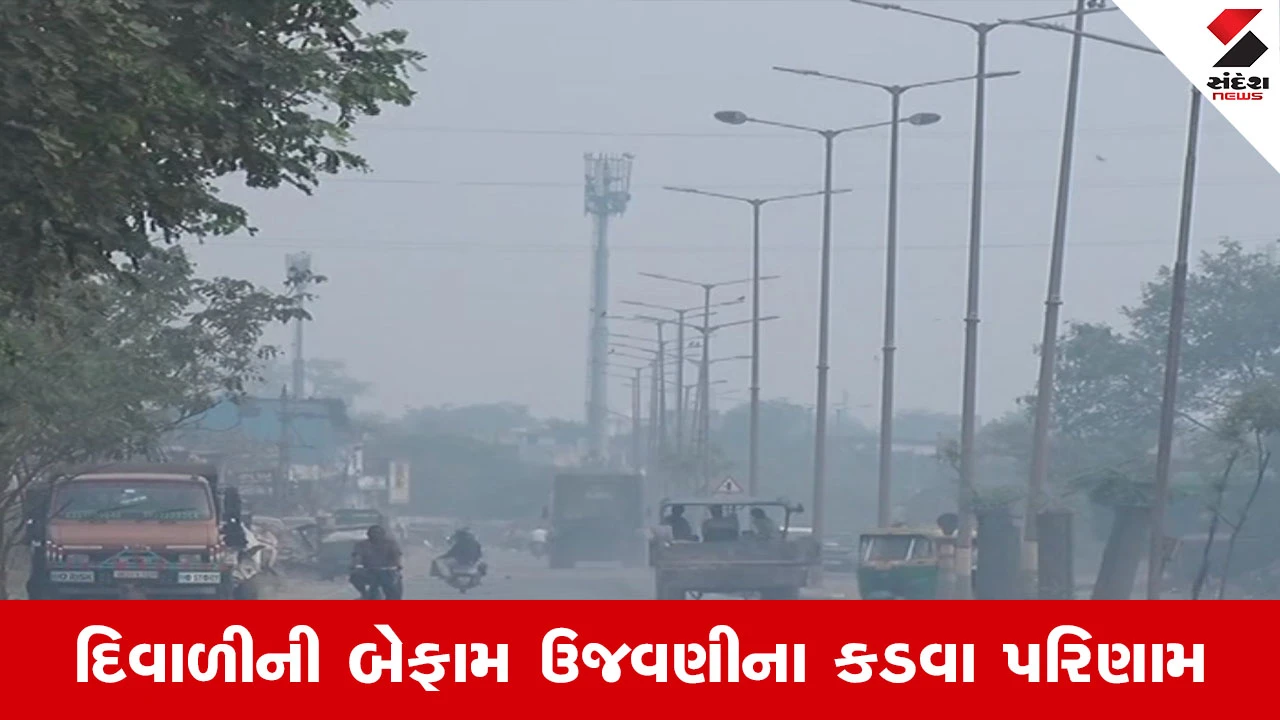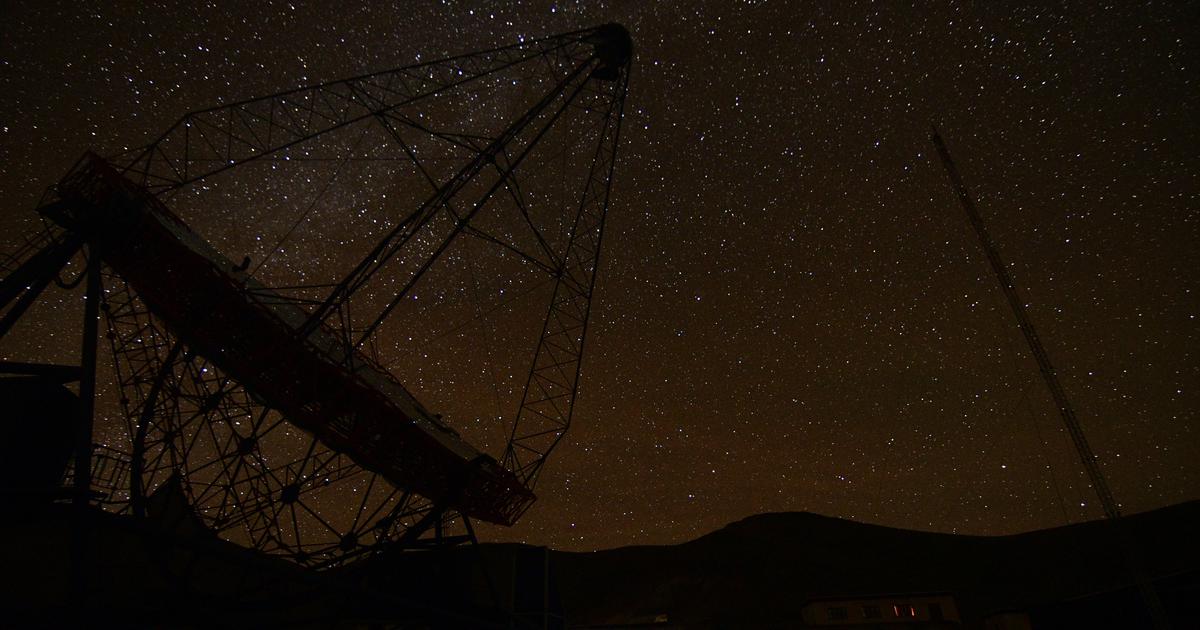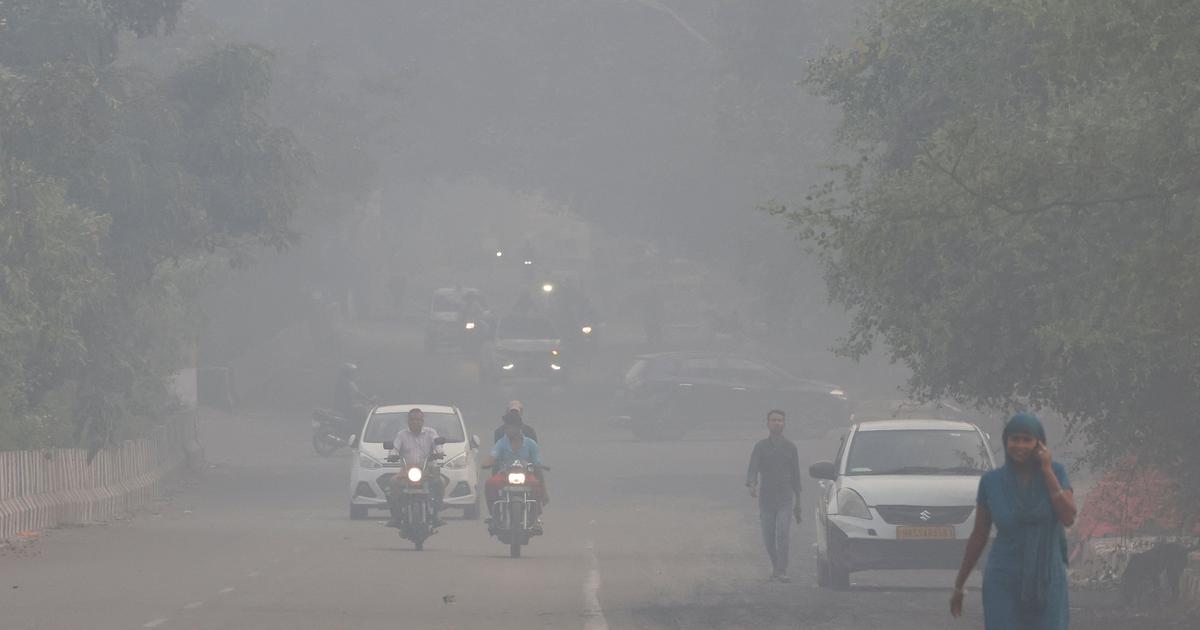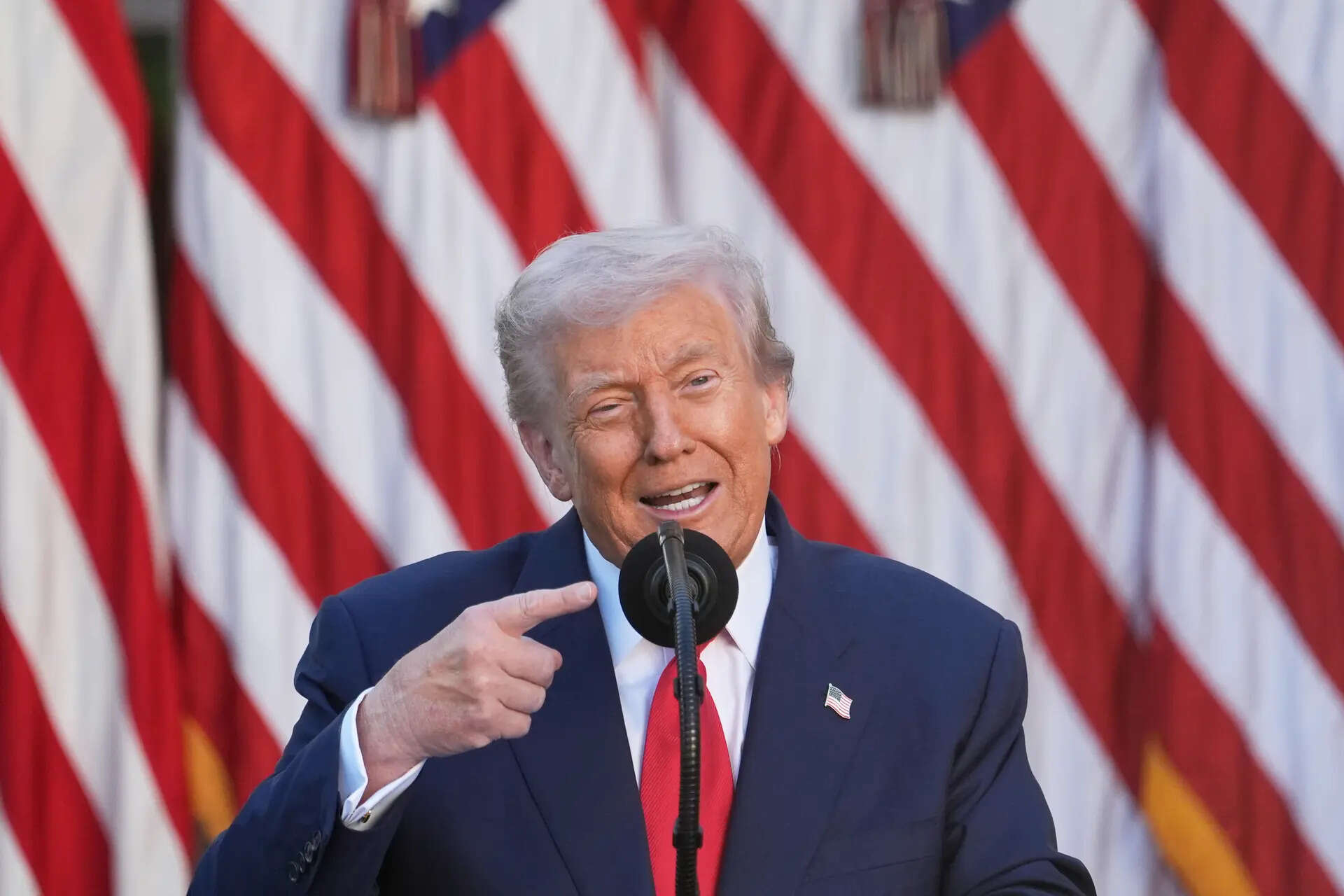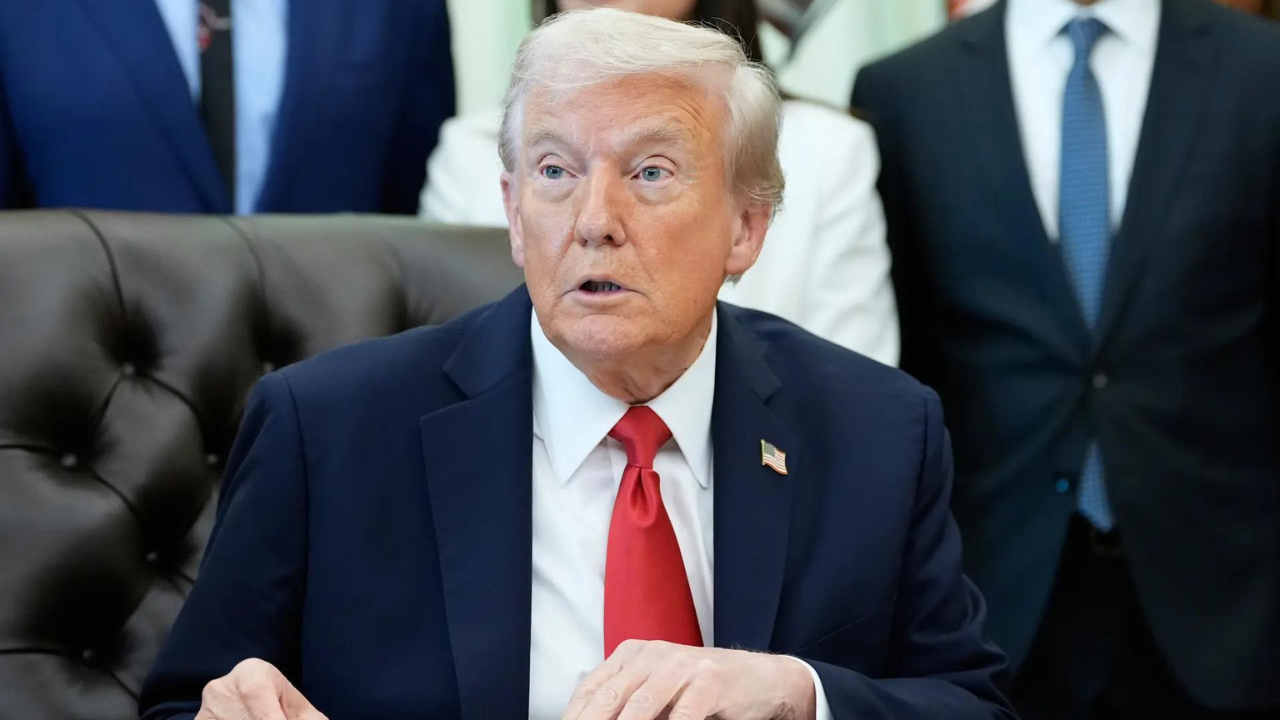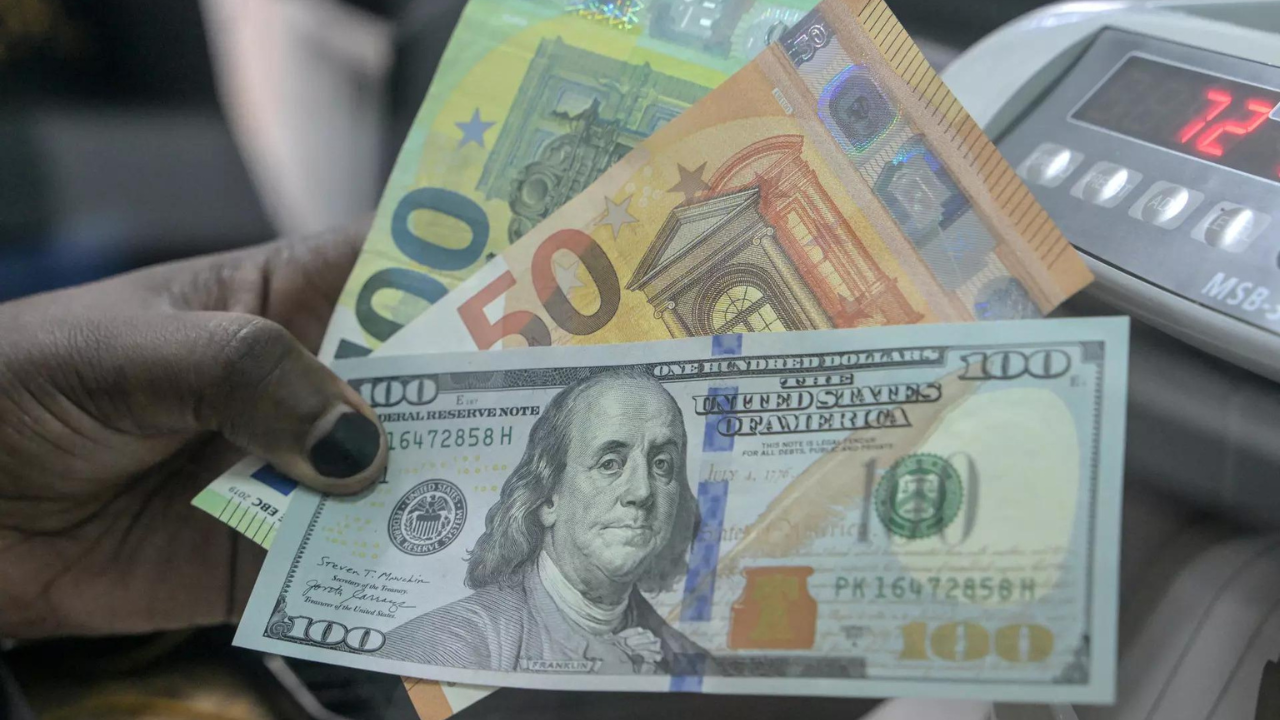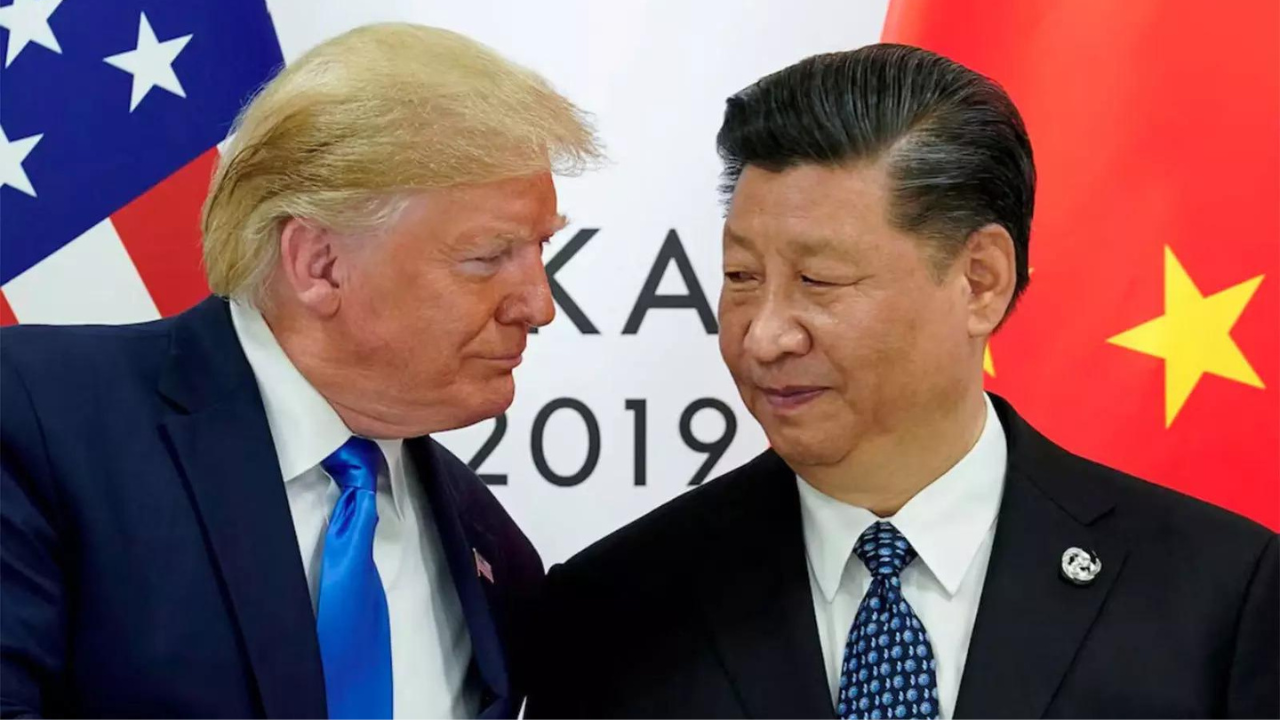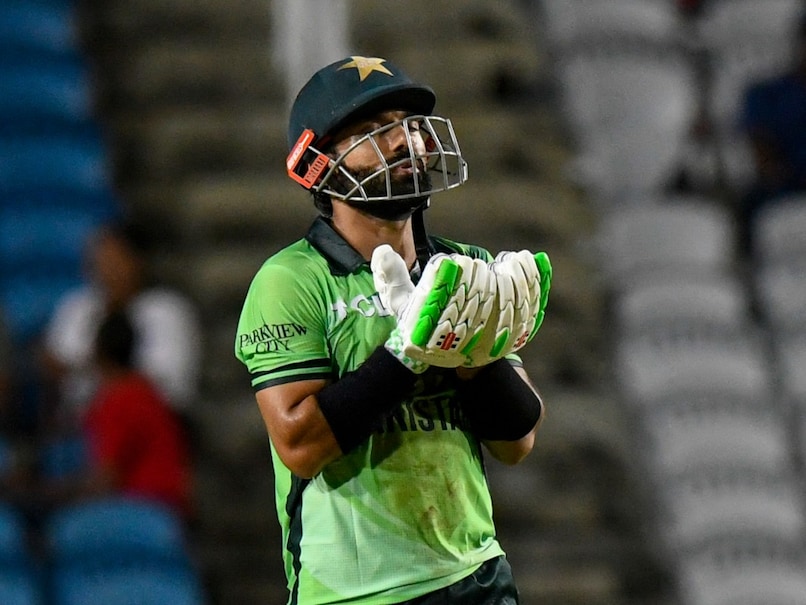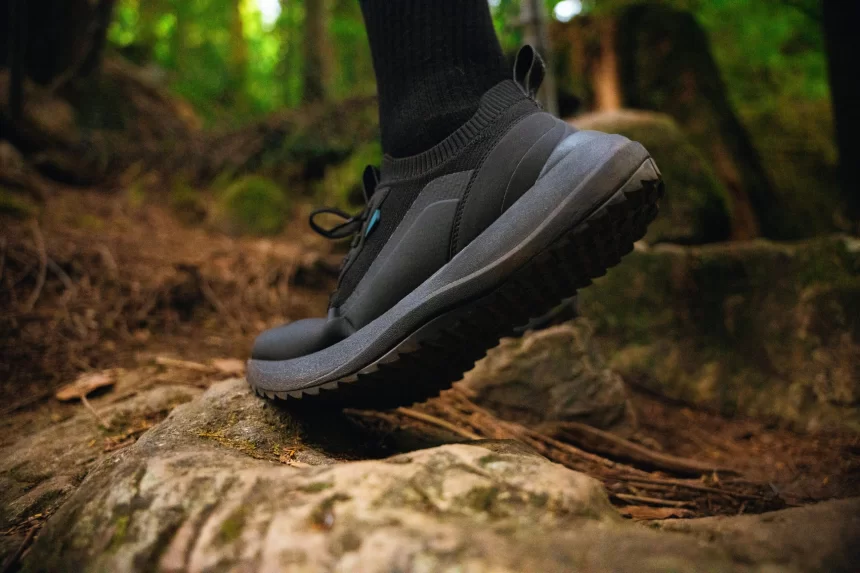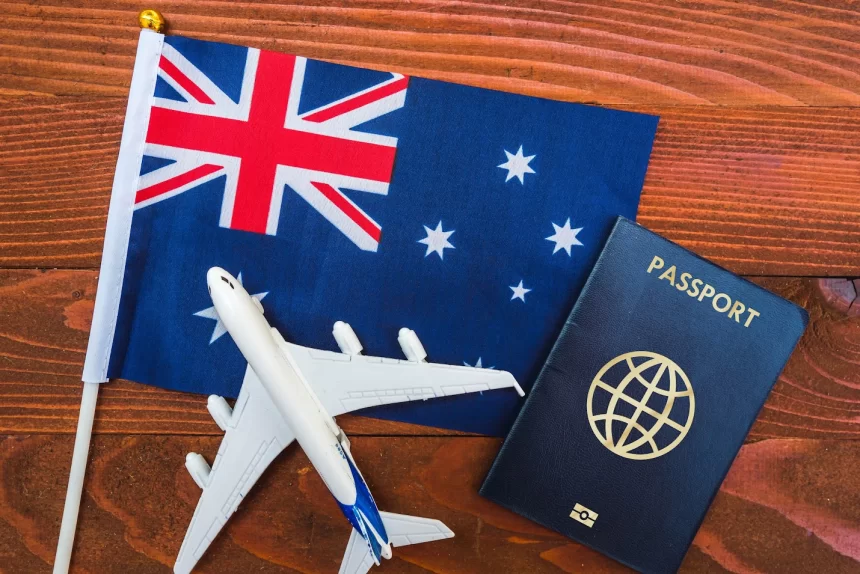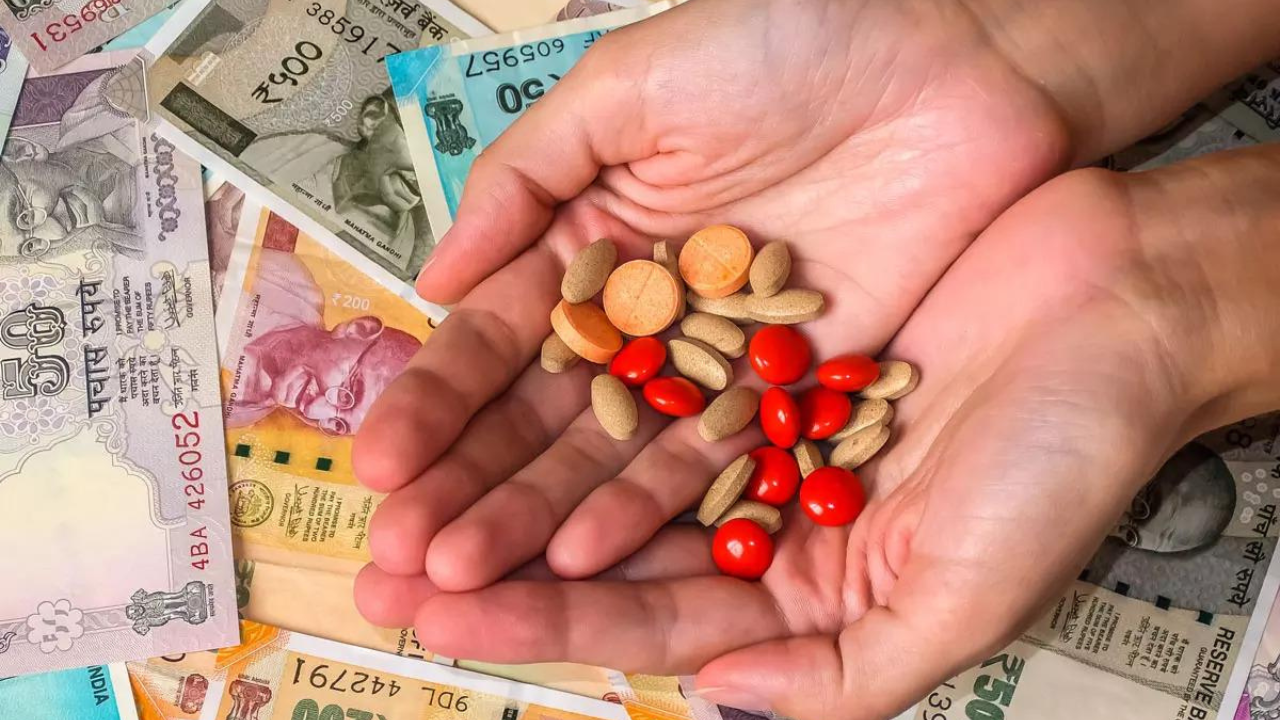India’s bamboo bounty yields little for artisans, cultivators and entrepreneurs

Join our WhatsApp Community to receive travel deals, free stays, and special offers!
- Join Now -
Join our WhatsApp Community to receive travel deals, free stays, and special offers!
- Join Now -

Adiram Reang, an indigenous farmer who belongs to the Autonomous District Council village of Bagmara, in Dhalai district, 125 km from the state capital Agartala, wanted to own Kanak Kaich bamboo plantations. But when he found out about Tripura’s State Bamboo Mission, about 15 years back, he decided it would not be a profitable venture. “From what I heard, the beneficiaries griped about the thorny quality bamboo that is not in demand for sale outside the state,” he said.
The State Bamboo Mission gives Barak/Bambusa Balcooa or Tulda to eligible beneficiaries, which farmers and experts say is of lower quality than Kanak Kaich.
Reang, in 2015, did start a bamboo plantation, but it was under a project by the State Forest Department, along with the Indo-German Development Corporation. Reang planted Kanak Kaich on three hectares of his land, and now supplies it to clients across India. “I send two trucks of raw material in a year. One truck carries 3,000-3,300 bamboo stalks, amounting to a little over Rs 1 lakh,” Reang says.
India is blessed with an abundance of bamboo – it is globally its second largest cultivator, with 136 species spread over 13.96 million hectares, and an annual production of 3.23 million tonnes. Despite that, the country’s share...
What's Your Reaction?
 Like
0
Like
0
 Dislike
0
Dislike
0
 Love
0
Love
0
 Funny
0
Funny
0
 Angry
0
Angry
0
 Sad
0
Sad
0
 Wow
0
Wow
0

